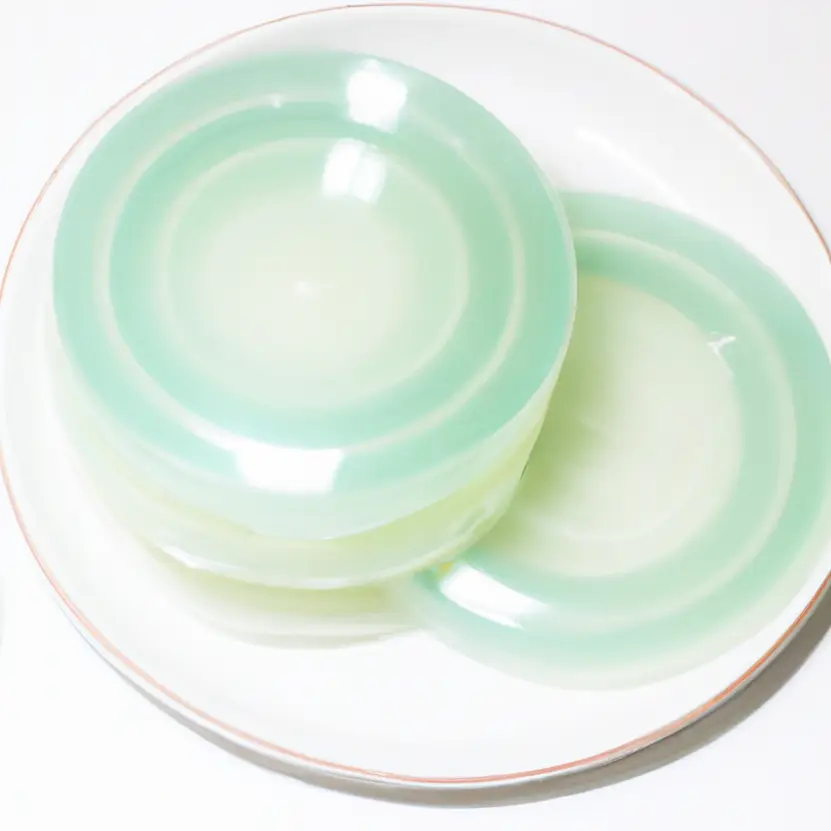Agar agar is a remarkable ingredient celebrated for its versatility and ability to transform liquids into solids. Derived from red algae, this plant-based gelling agent has been a staple in Asian cuisines for centuries and is now a favorite among chefs and home cooks worldwide. Known for its ability to create smooth, stable textures, agar agar is a vegan alternative to gelatin, making it ideal for plant-based and allergy-friendly recipes.
In its powdered, flaked, or bar form, agar agar is flavorless and odorless, allowing it to seamlessly integrate into a variety of dishes. When dissolved in hot liquid and cooled, it forms a firm, translucent gel with a smooth mouthfeel. This unique property makes it invaluable in both savory and sweet culinary applications.
Agar agar is a star ingredient in desserts like puddings, jellies, and custards. Its gelling strength allows for precise shaping and layering, creating stunning presentations in terrines or molded desserts. It’s often used in fruit-based jellies, where it preserves the natural color and flavor of the fruit. Asian desserts, such as coconut jelly or grass jelly, rely on agar agar for their delicate texture and clean finish.
In the savory world, agar agar’s versatility extends to modernist cooking techniques. It is a favorite among chefs experimenting with molecular gastronomy, where it helps create spherified liquids, foams, and even edible films. It’s also used in aspics and savory terrines, where its ability to hold ingredients together adds both functionality and aesthetic appeal.
Beyond its culinary uses, agar agar boasts impressive nutritional benefits. Low in calories and high in fiber, it supports digestion and can add bulk to recipes while remaining lightweight. Its plant-based origin makes it suitable for a wide range of dietary preferences, from vegan to gluten-free.

